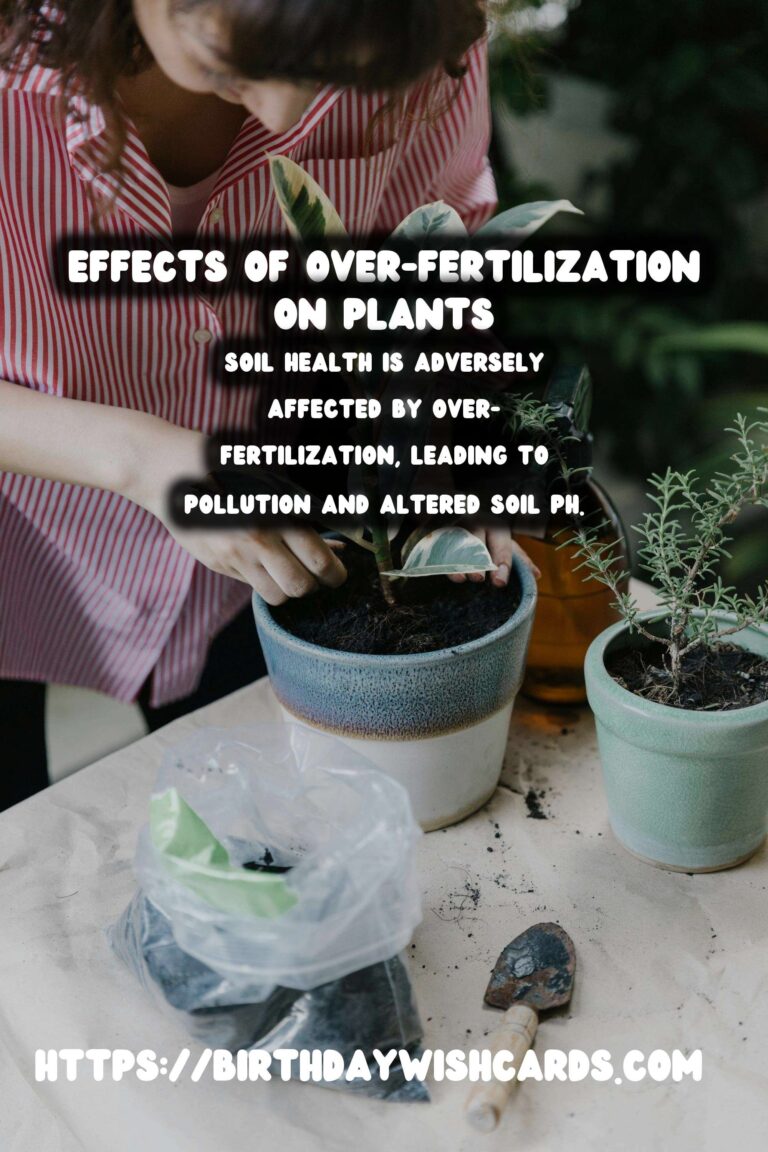
Plants require a balanced diet of nutrients to thrive, much like humans do. However, the delicate balance of nutrients can be disrupted by over-fertilization, a common issue faced by gardeners and farmers alike. Understanding the effects of over-fertilization is crucial for maintaining healthy plant growth and avoiding long-term soil damage.
What is Over-Fertilization?
Over-fertilization occurs when plants receive more nutrients than they require for optimal growth. This can happen when too much fertilizer is applied, either in quantity or frequency, leading to nutrient imbalances. Fertilizers are typically rich in nitrogen, phosphorus, and potassium, but they also contain trace elements that can accumulate in the soil.
Effects of Over-Fertilization on Plants
Excessive fertilizer can lead to a range of negative effects on plants. One of the primary consequences is nutrient burn, where the high salt content in fertilizers draws moisture away from plant roots, causing dehydration and root damage. Symptoms of nutrient burn include yellowing leaves, leaf tip burn, and stunted growth.
Additionally, over-fertilization can disrupt the uptake of essential nutrients. For instance, too much nitrogen can inhibit the absorption of potassium and magnesium, leading to deficiencies despite the abundance of nutrients in the soil.
Impact on Soil Health
Soil health is also adversely affected by over-fertilization. Excess nutrients can leach into groundwater, causing pollution and affecting water quality. Moreover, high nutrient concentrations can alter the soil pH, making it less hospitable for beneficial microorganisms that contribute to soil fertility.
Long-term over-fertilization can lead to soil compaction and reduced soil aeration, further impacting plant growth and leading to poor crop yields.
Preventing Over-Fertilization
Preventing over-fertilization begins with understanding the specific nutrient needs of your plants. Conducting soil tests can provide valuable insights into nutrient levels and pH balance, allowing for more precise fertilizer application.
Adopting integrated nutrient management practices, such as using organic fertilizers and compost, can reduce the risk of over-fertilization. Additionally, following recommended application rates and timings can help ensure that plants receive the right amount of nutrients at the right time.
Conclusion
Over-fertilization is a common but avoidable issue that can have severe consequences for plant health and soil ecology. By understanding the signs of over-fertilization and implementing proper fertilization practices, gardeners and farmers can promote sustainable plant growth and preserve soil health for future generations.
Over-fertilization occurs when plants receive more nutrients than they require for optimal growth. Excessive fertilizer can lead to nutrient burn, where the high salt content in fertilizers draws moisture away from plant roots. Over-fertilization disrupts the uptake of essential nutrients and can inhibit the absorption of potassium and magnesium. Soil health is adversely affected by over-fertilization, leading to pollution and altered soil pH. Preventing over-fertilization begins with understanding the specific nutrient needs of plants and conducting soil tests. 
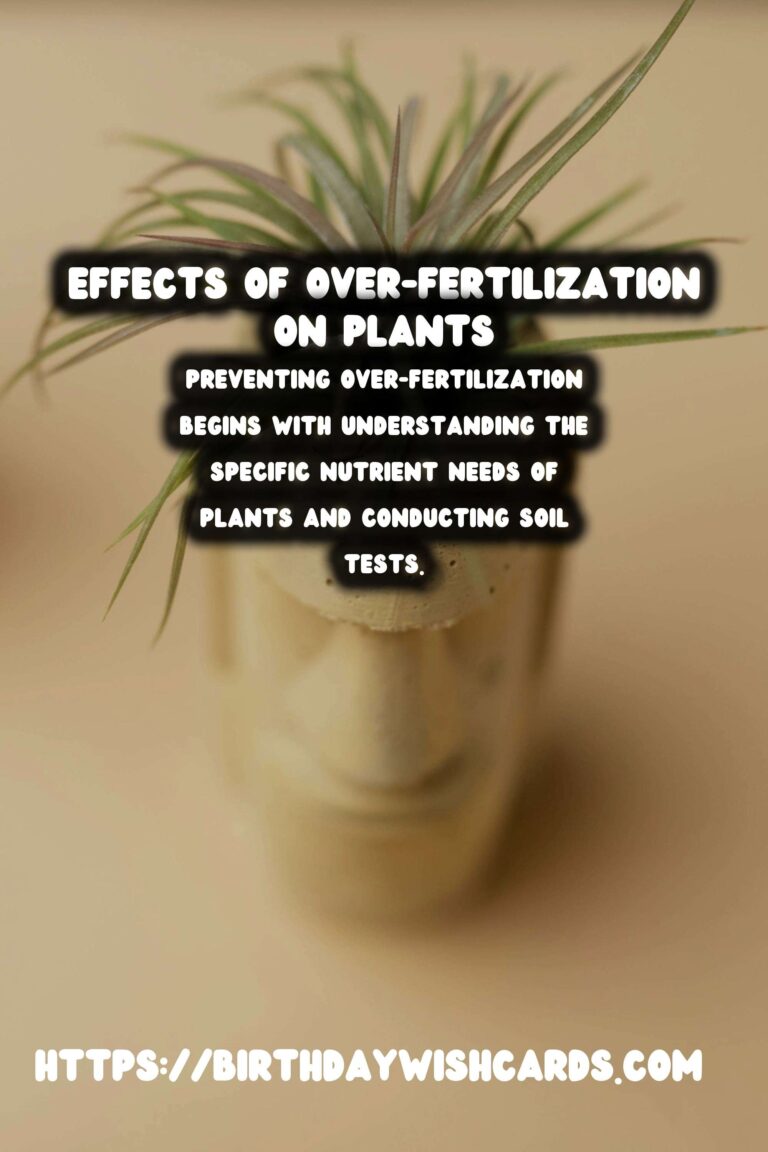
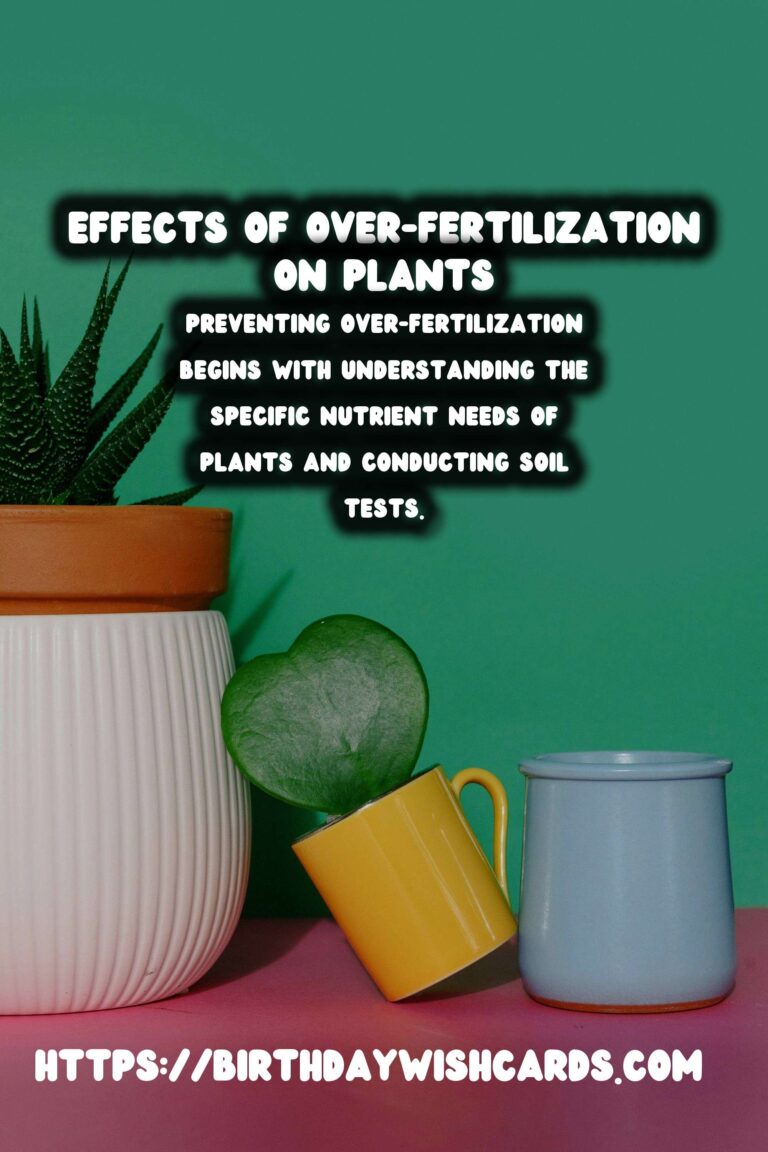
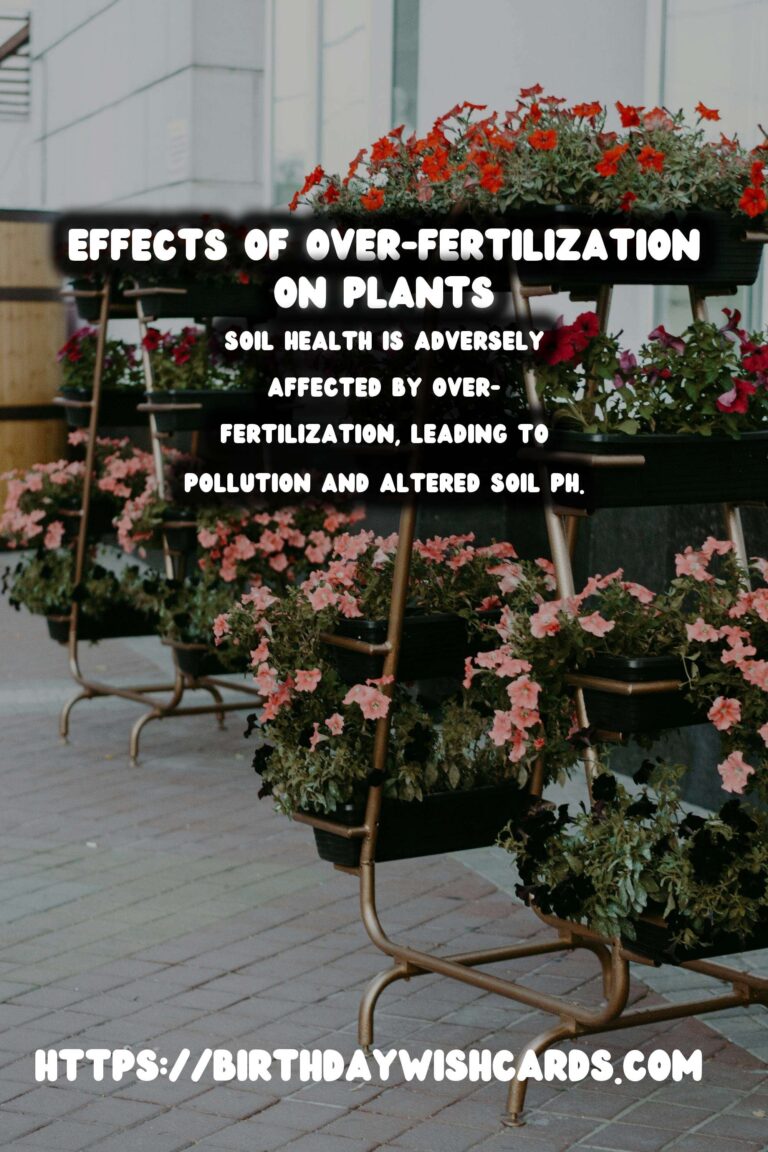
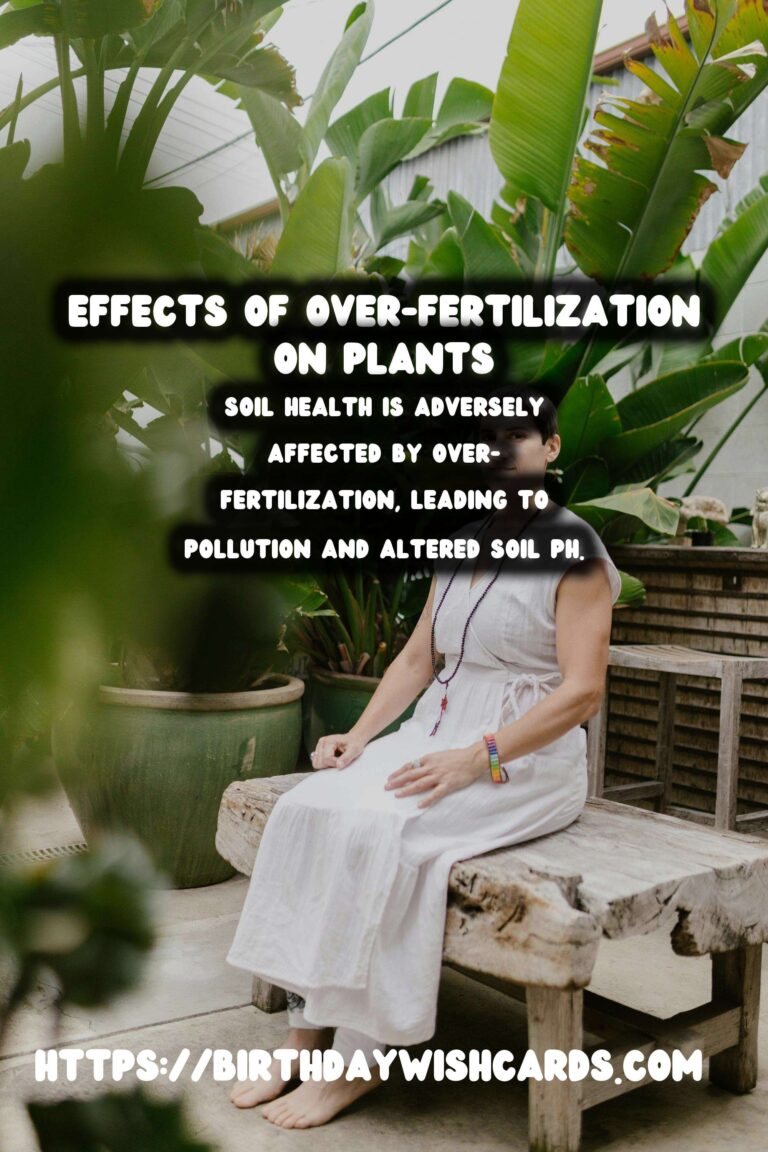
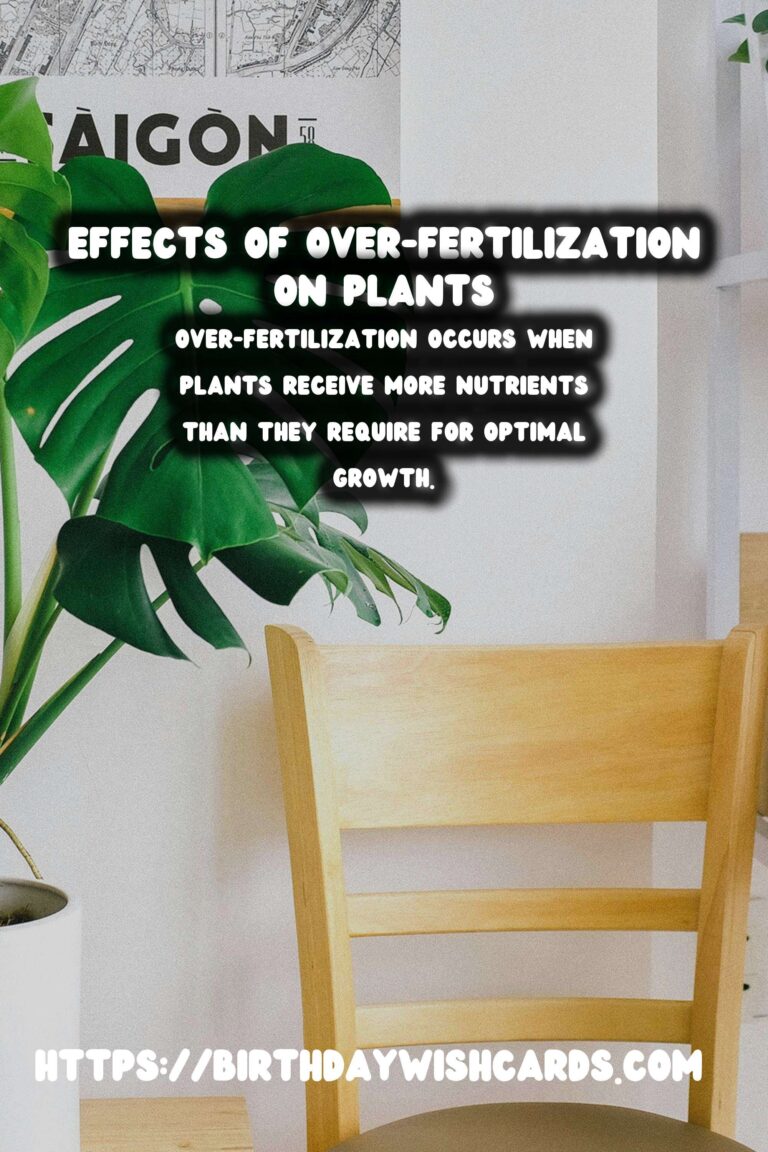
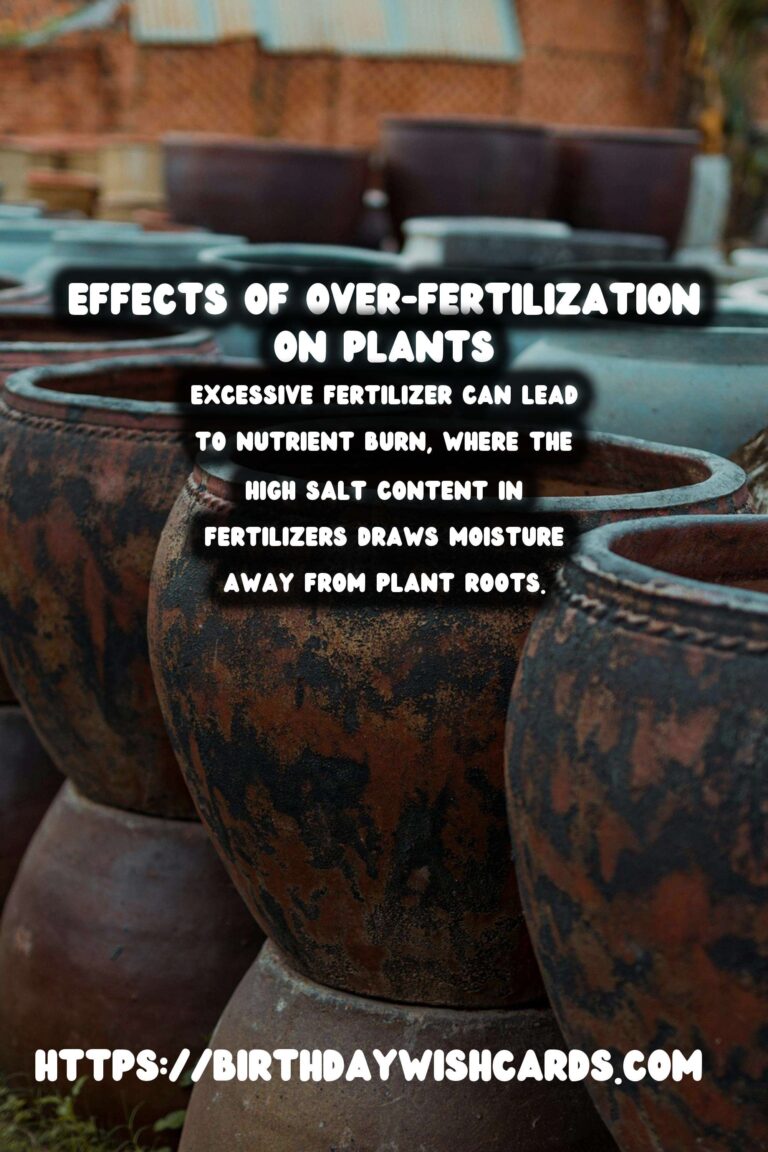
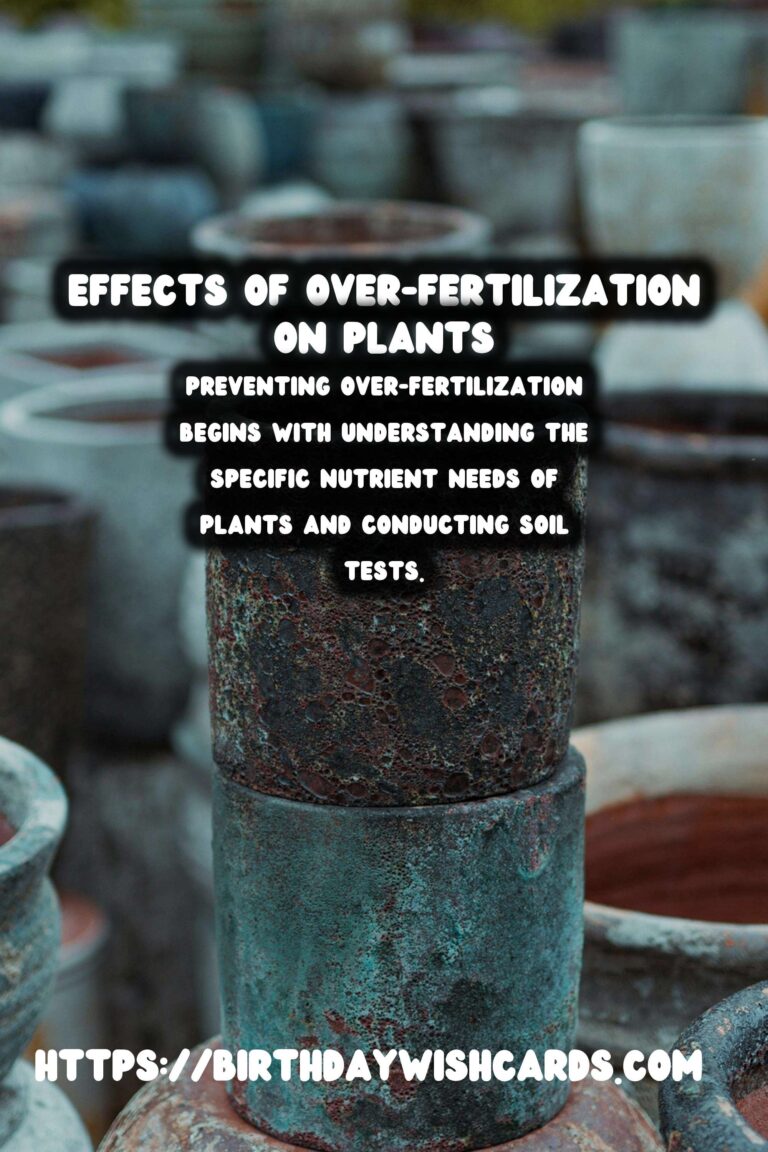
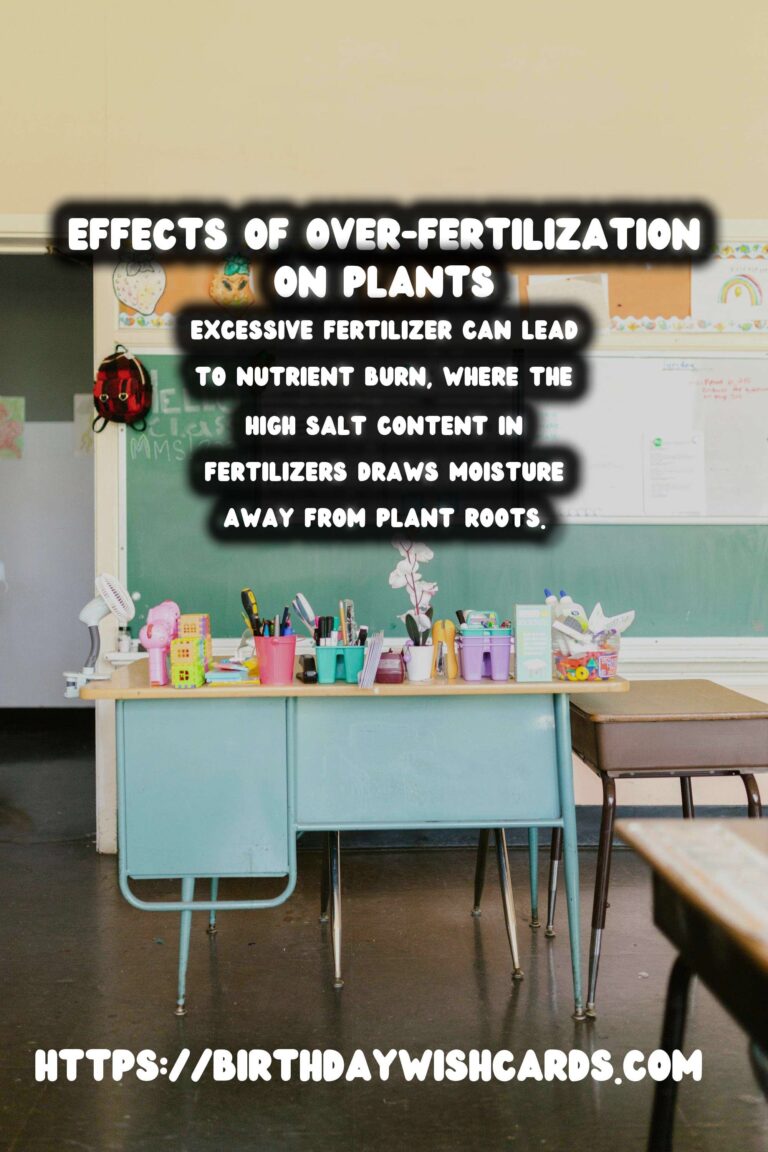
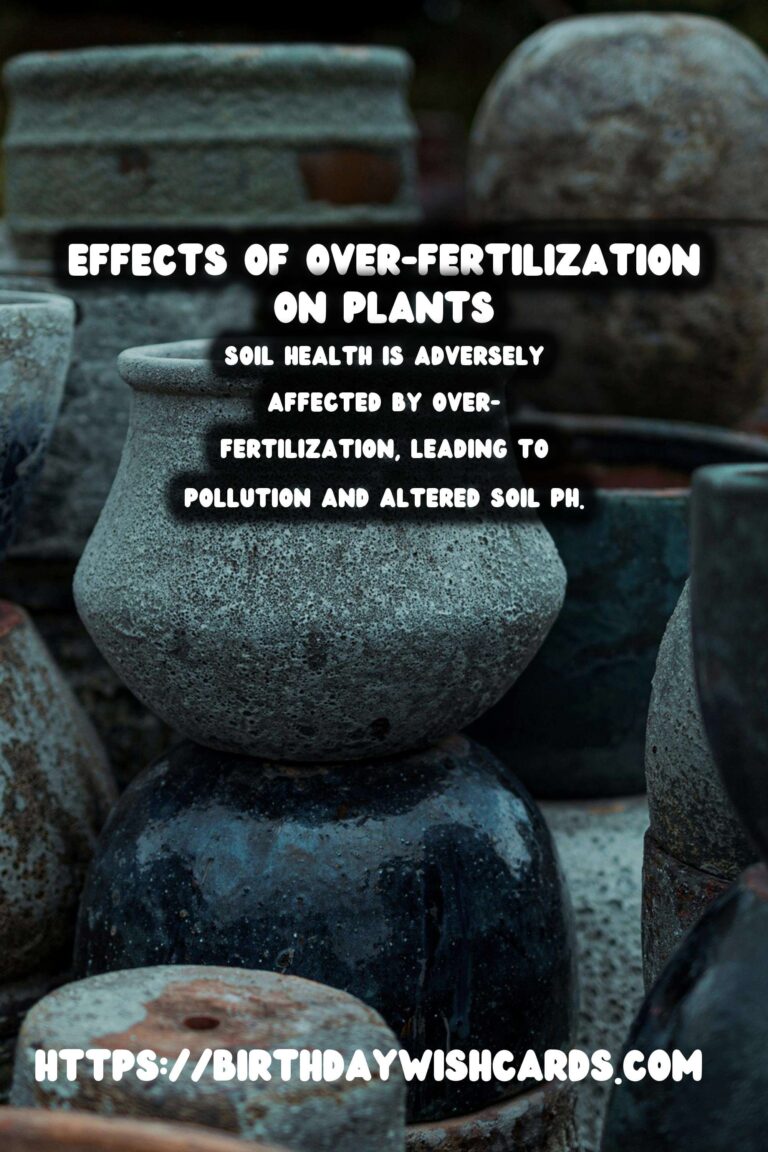
#gardening #plantcare #overfertilization #soilhealth #sustainablefarming




